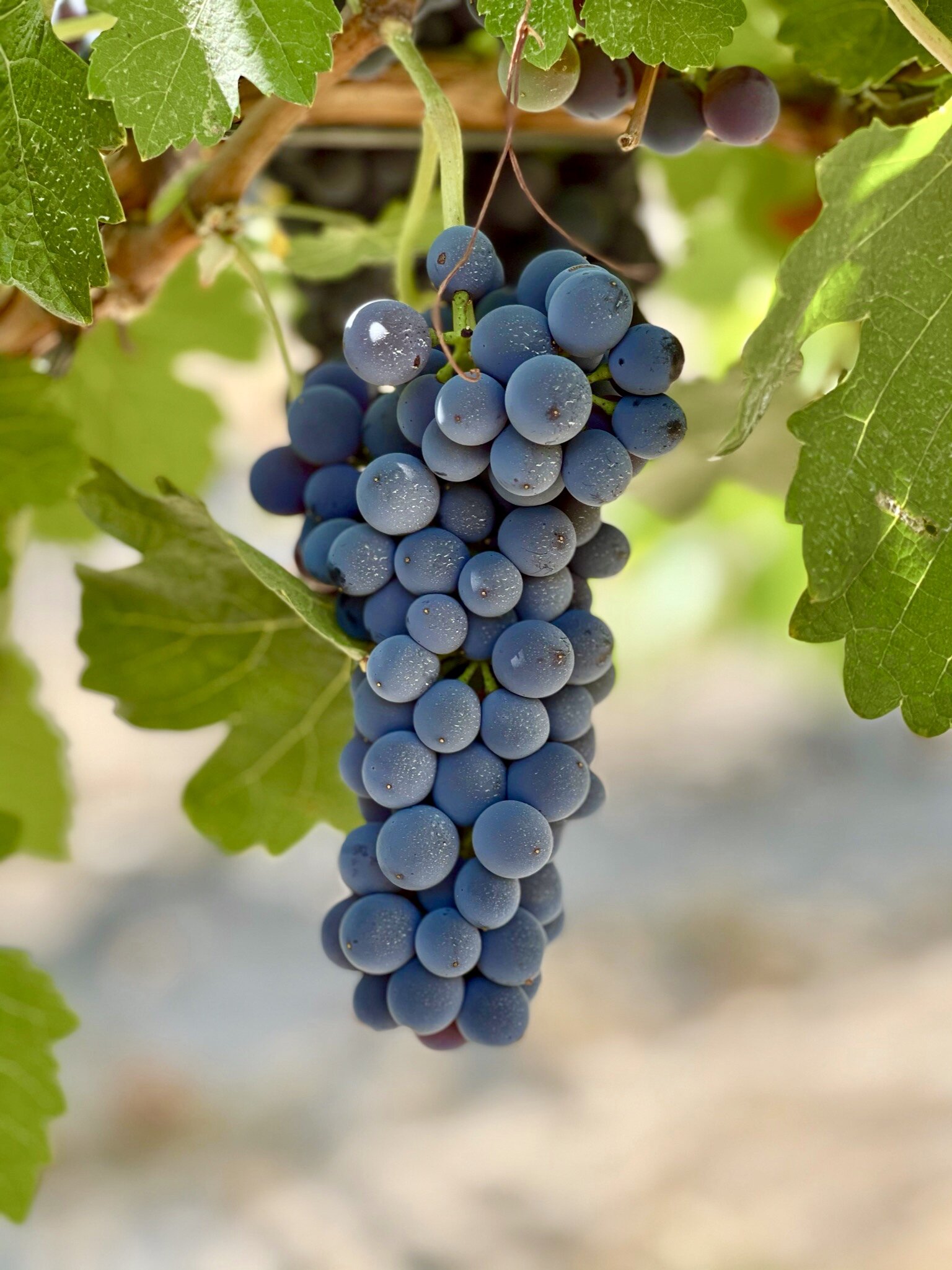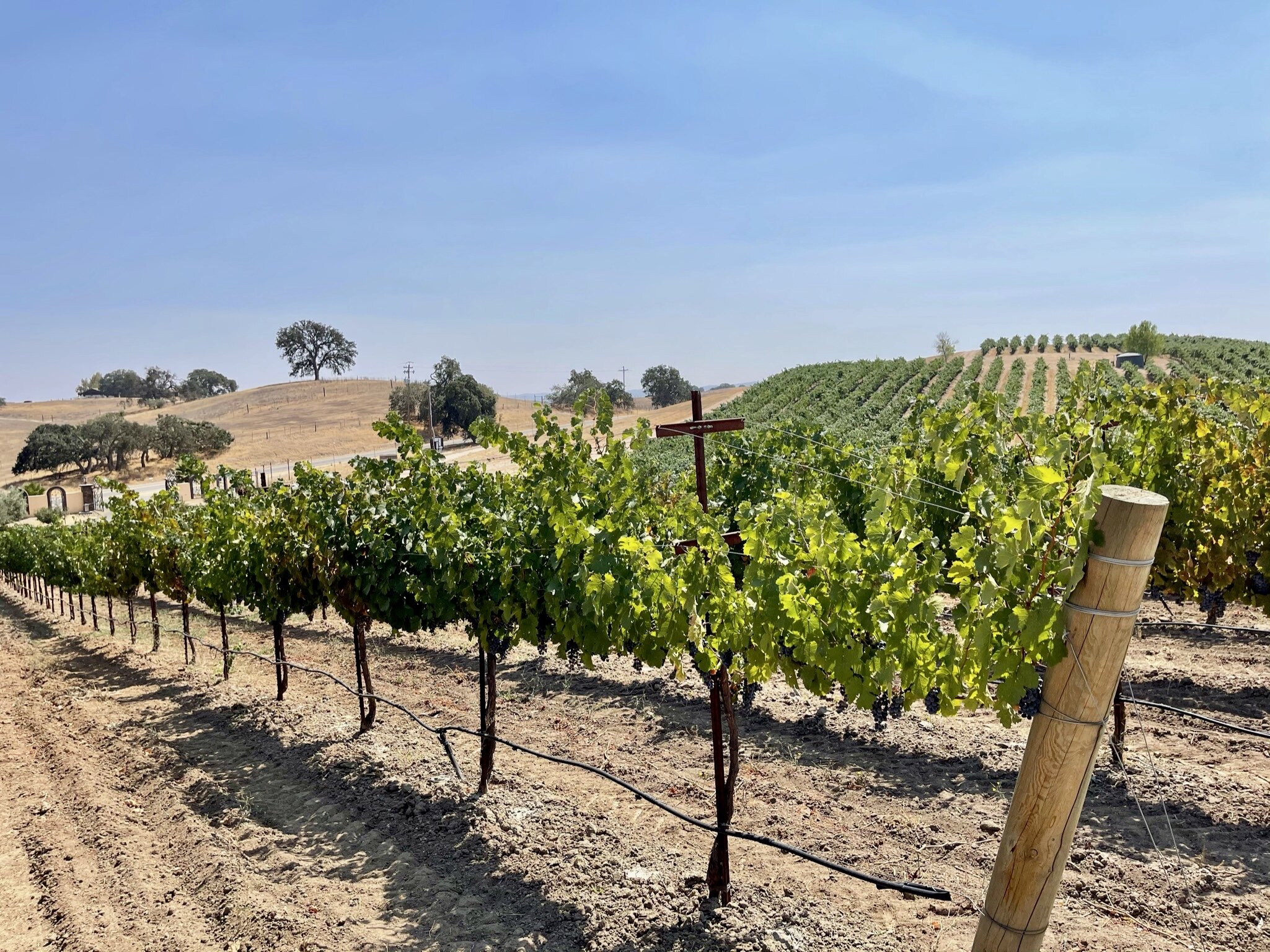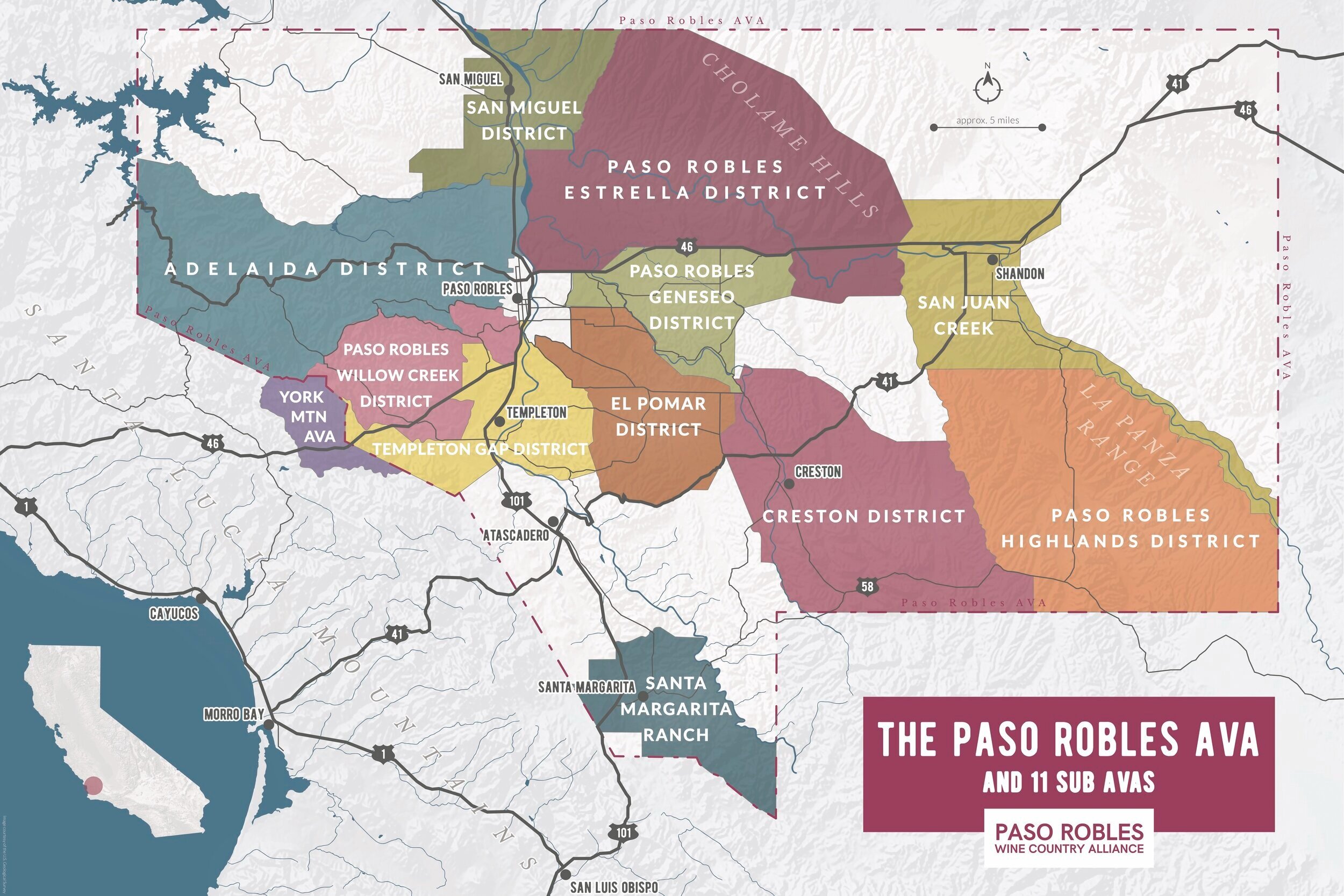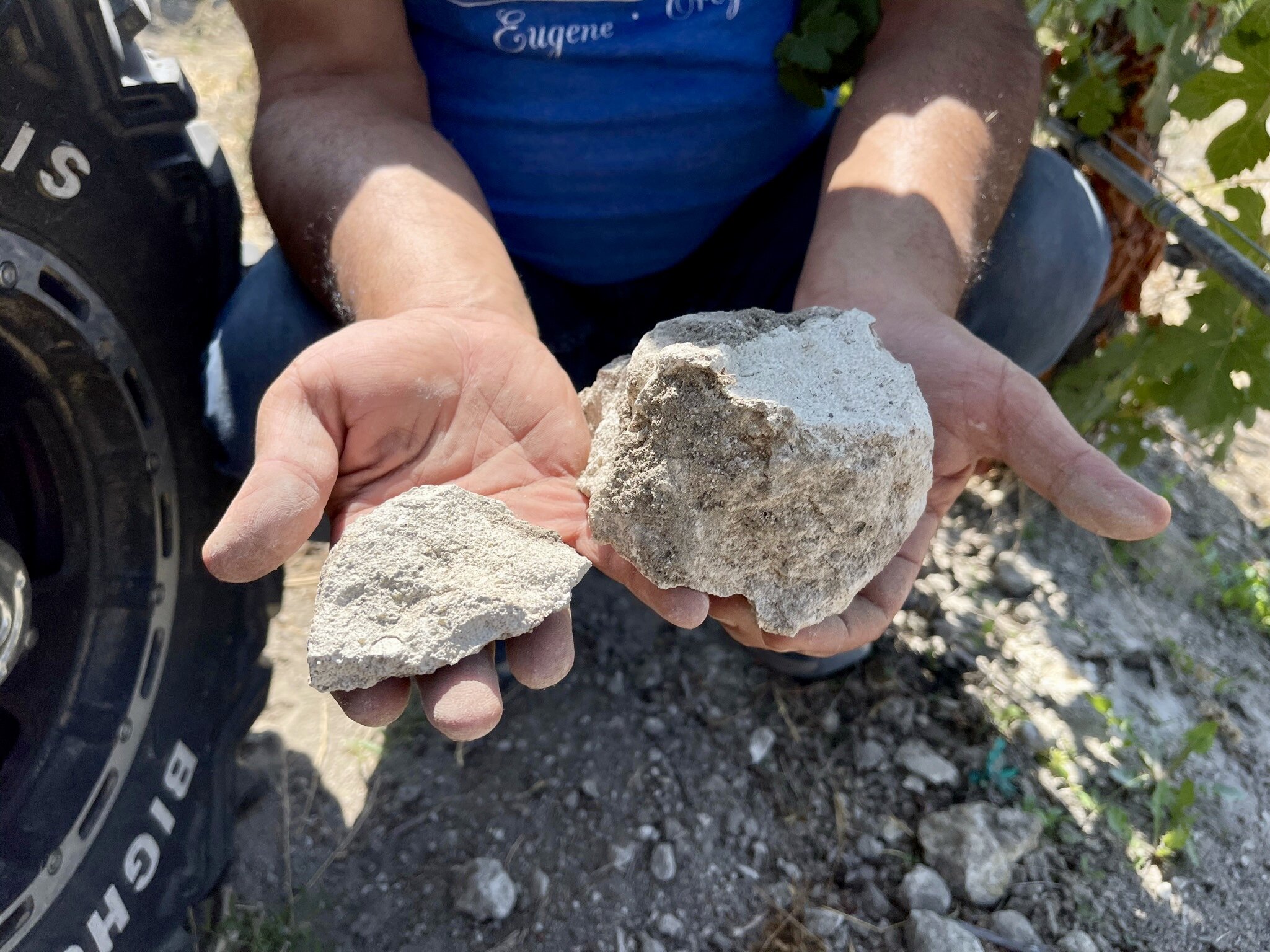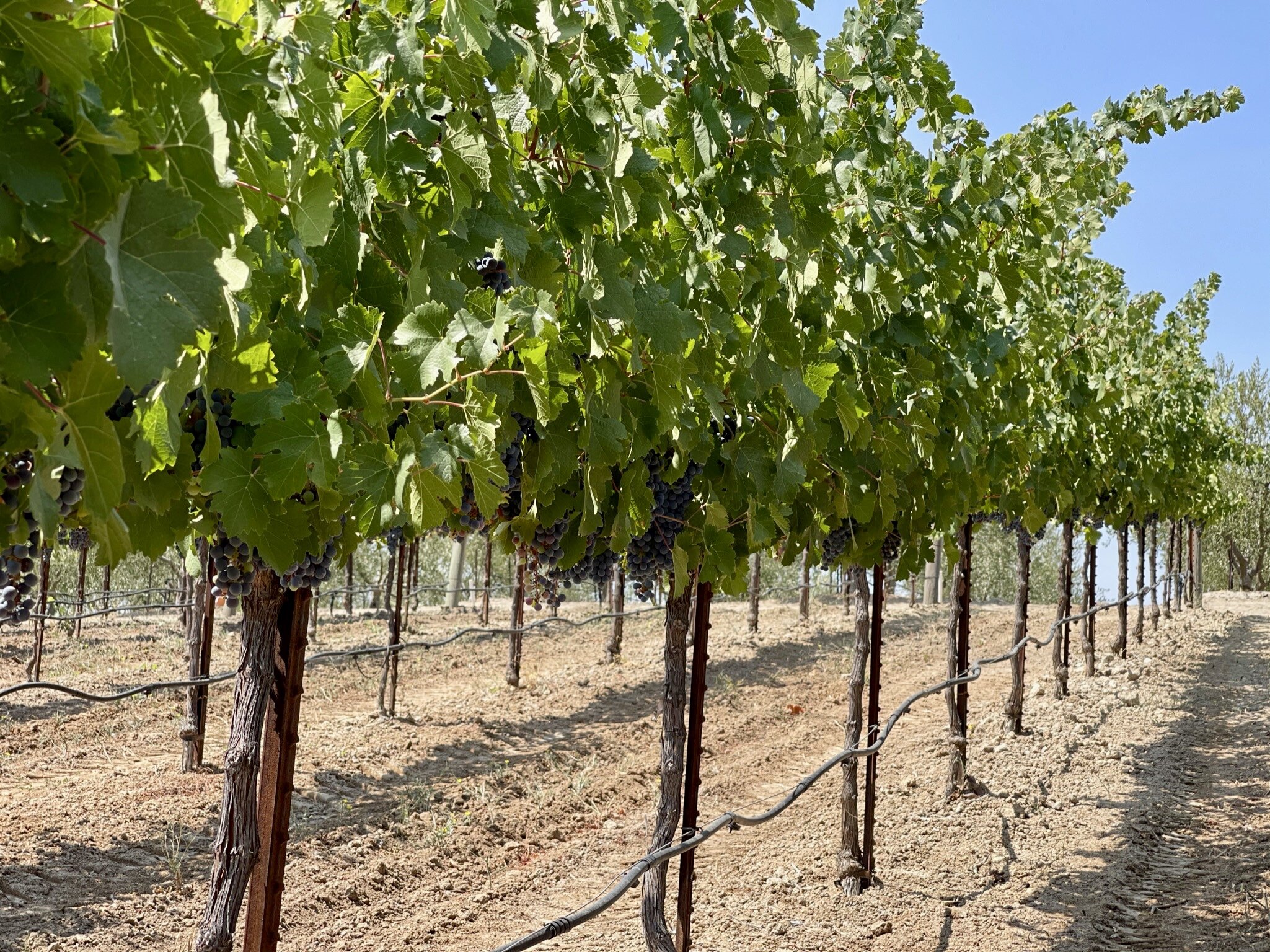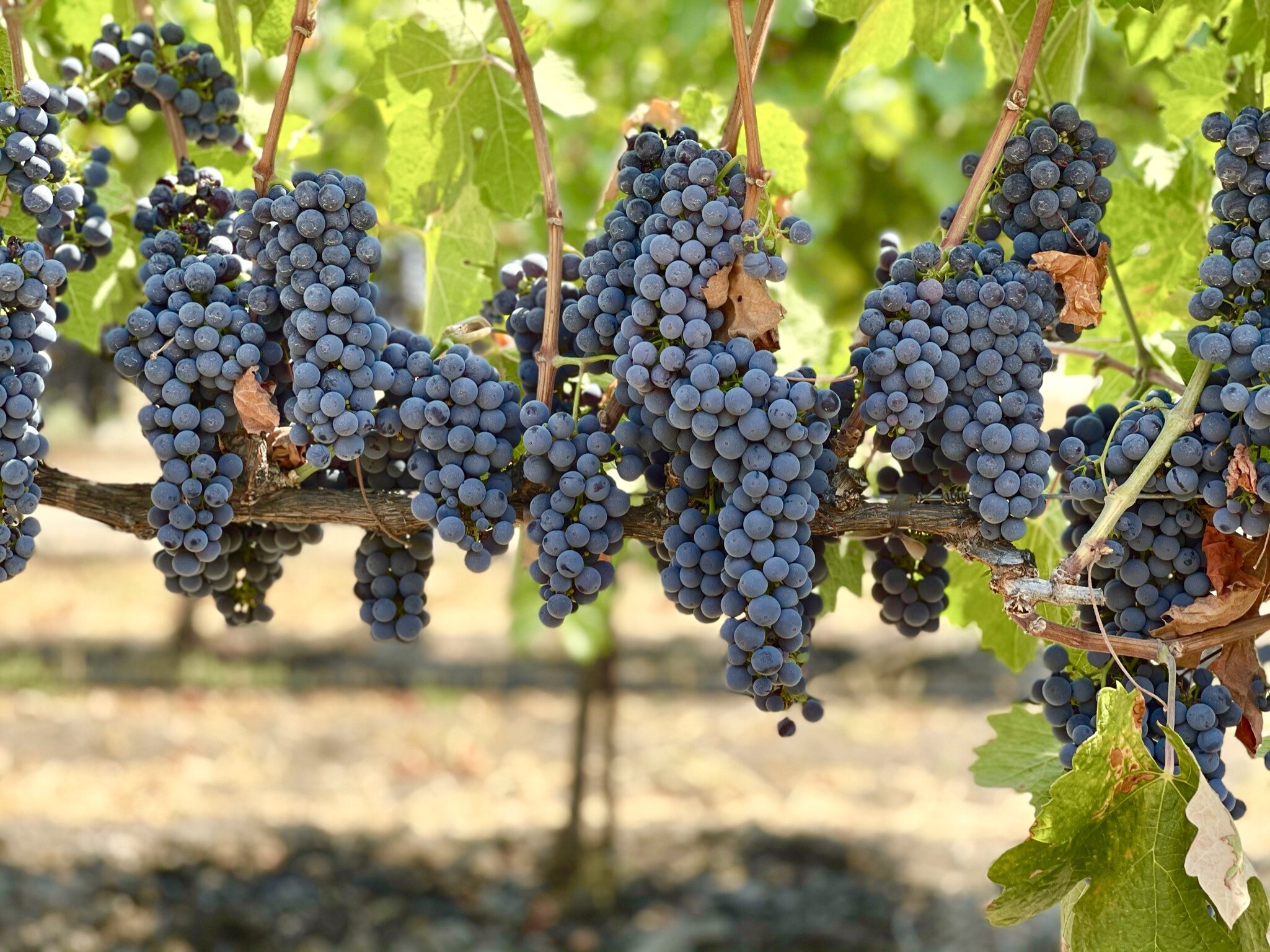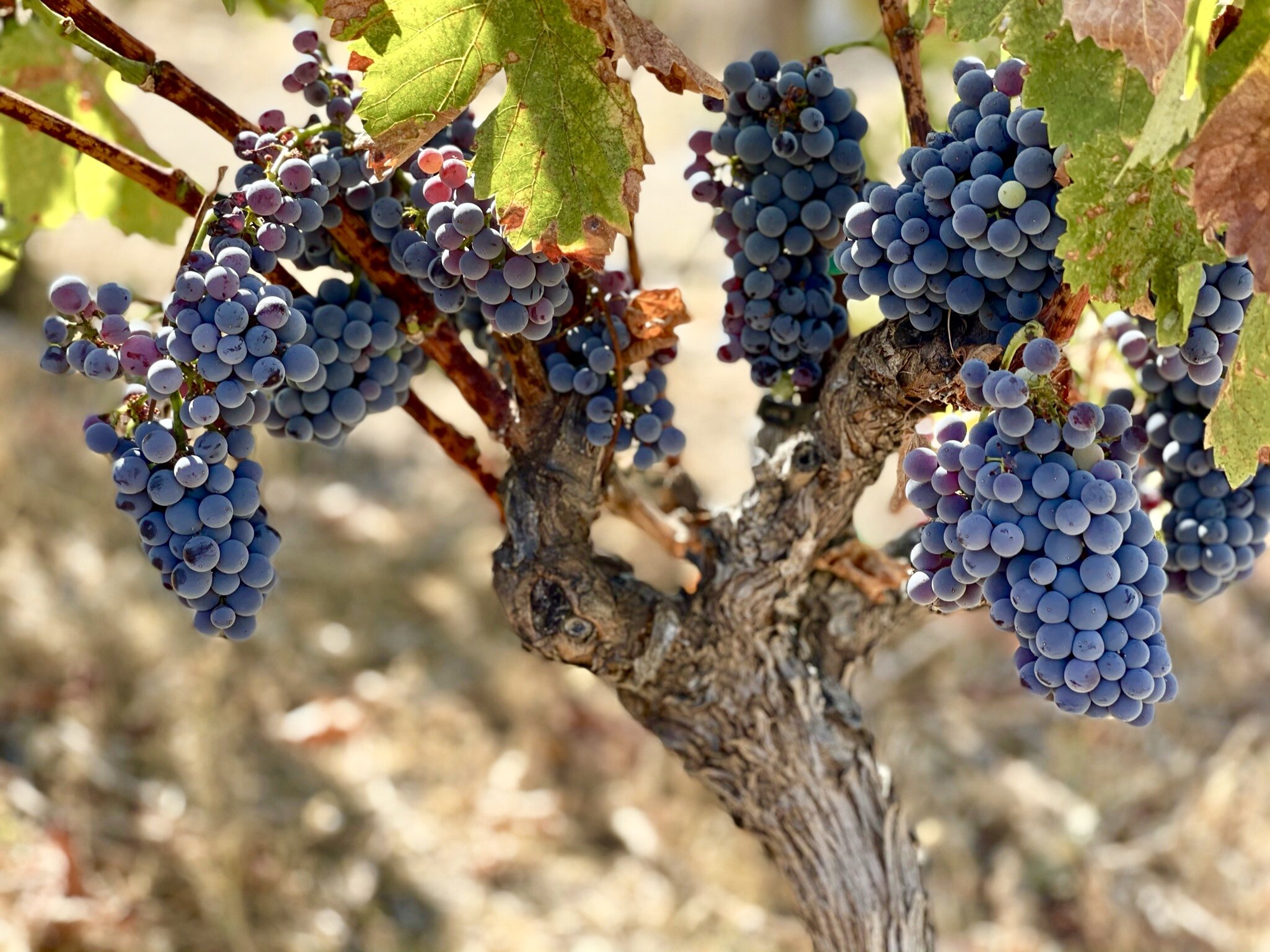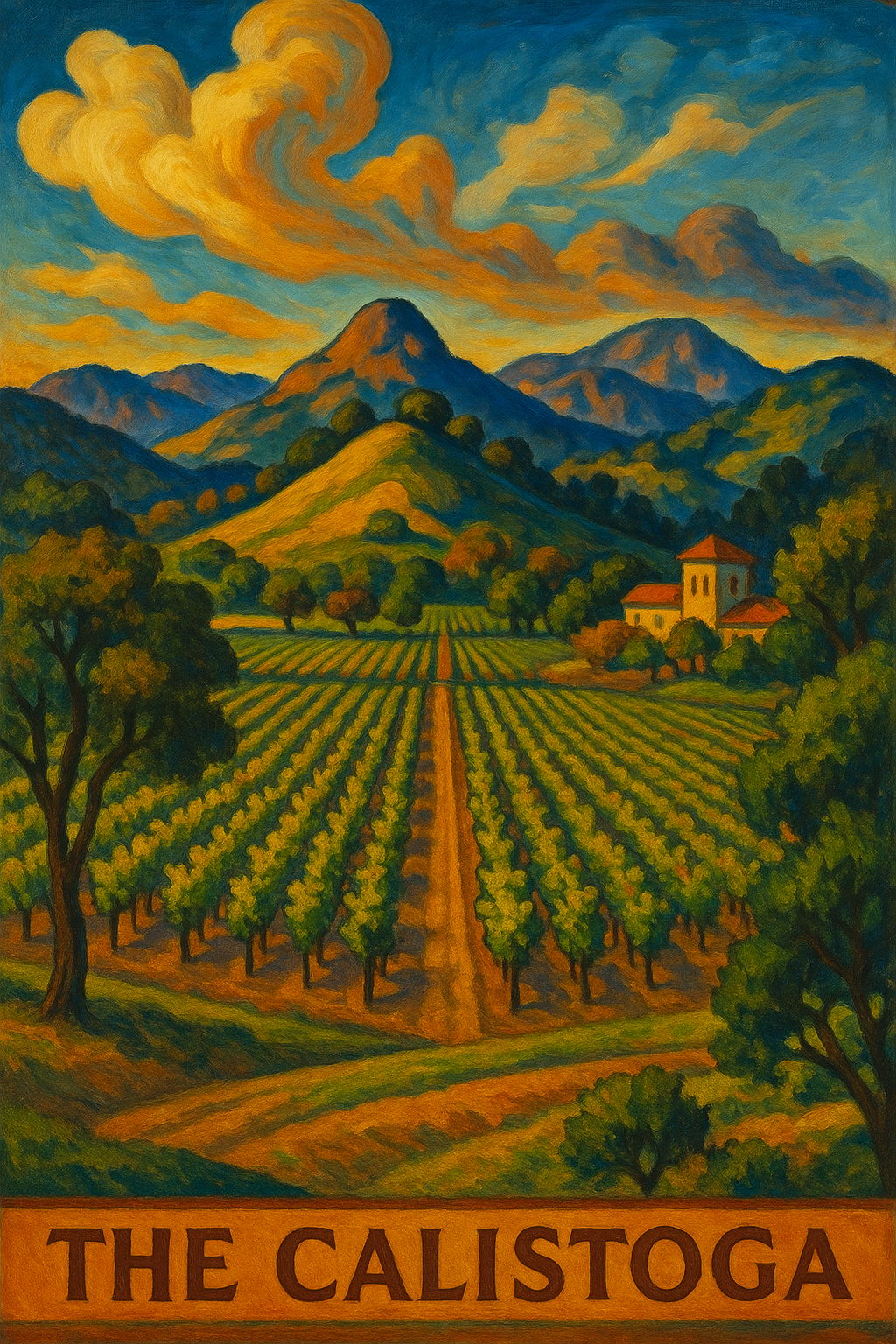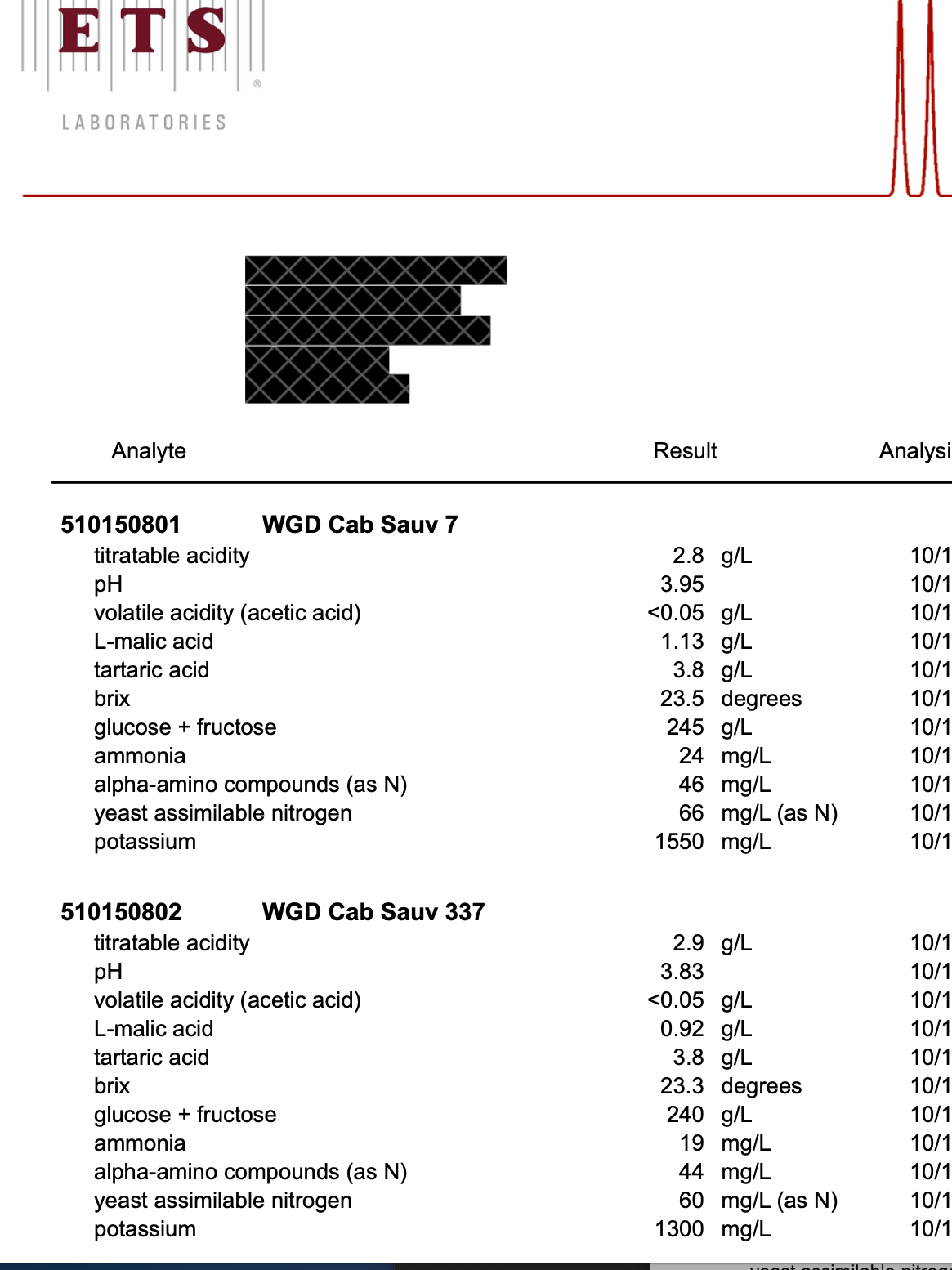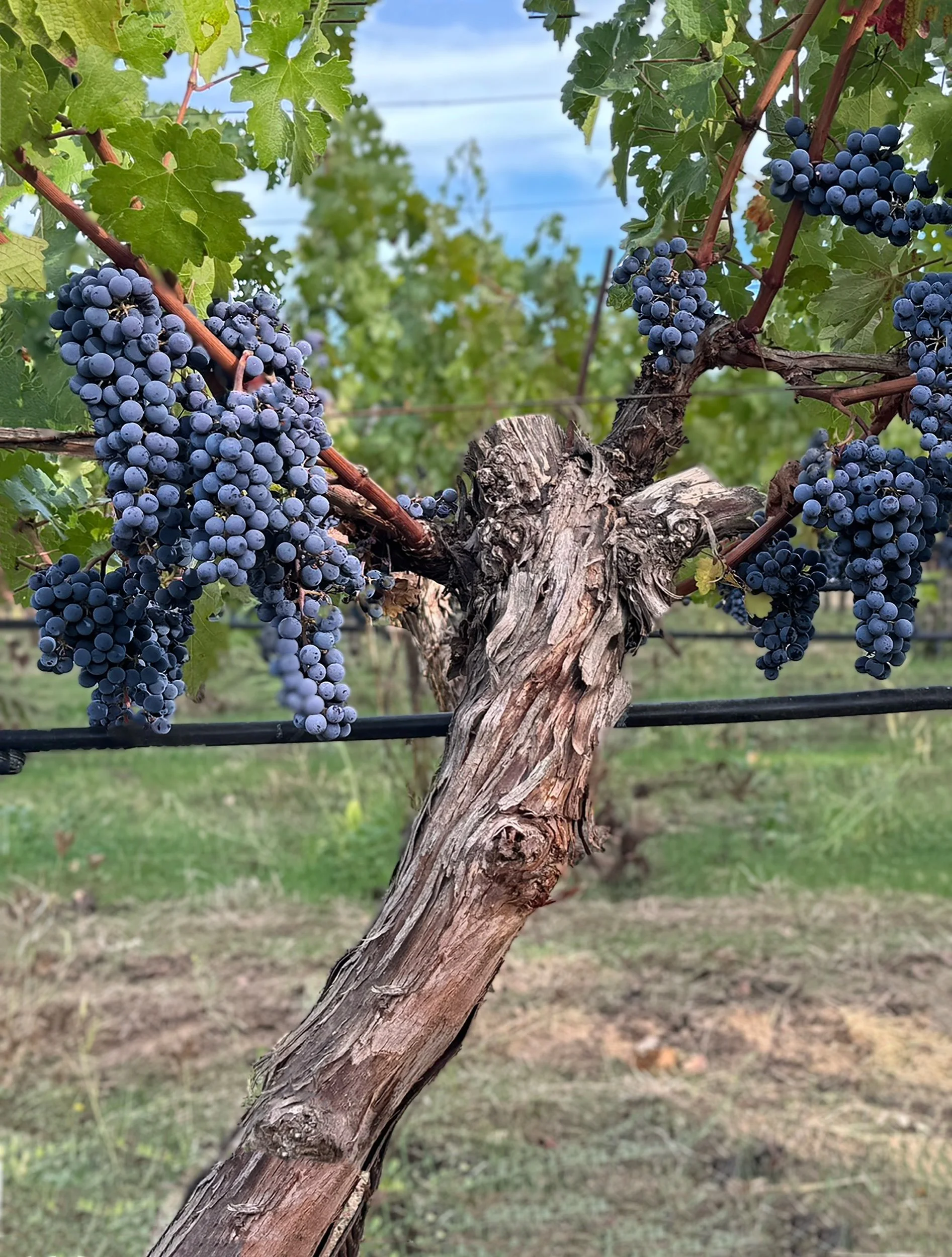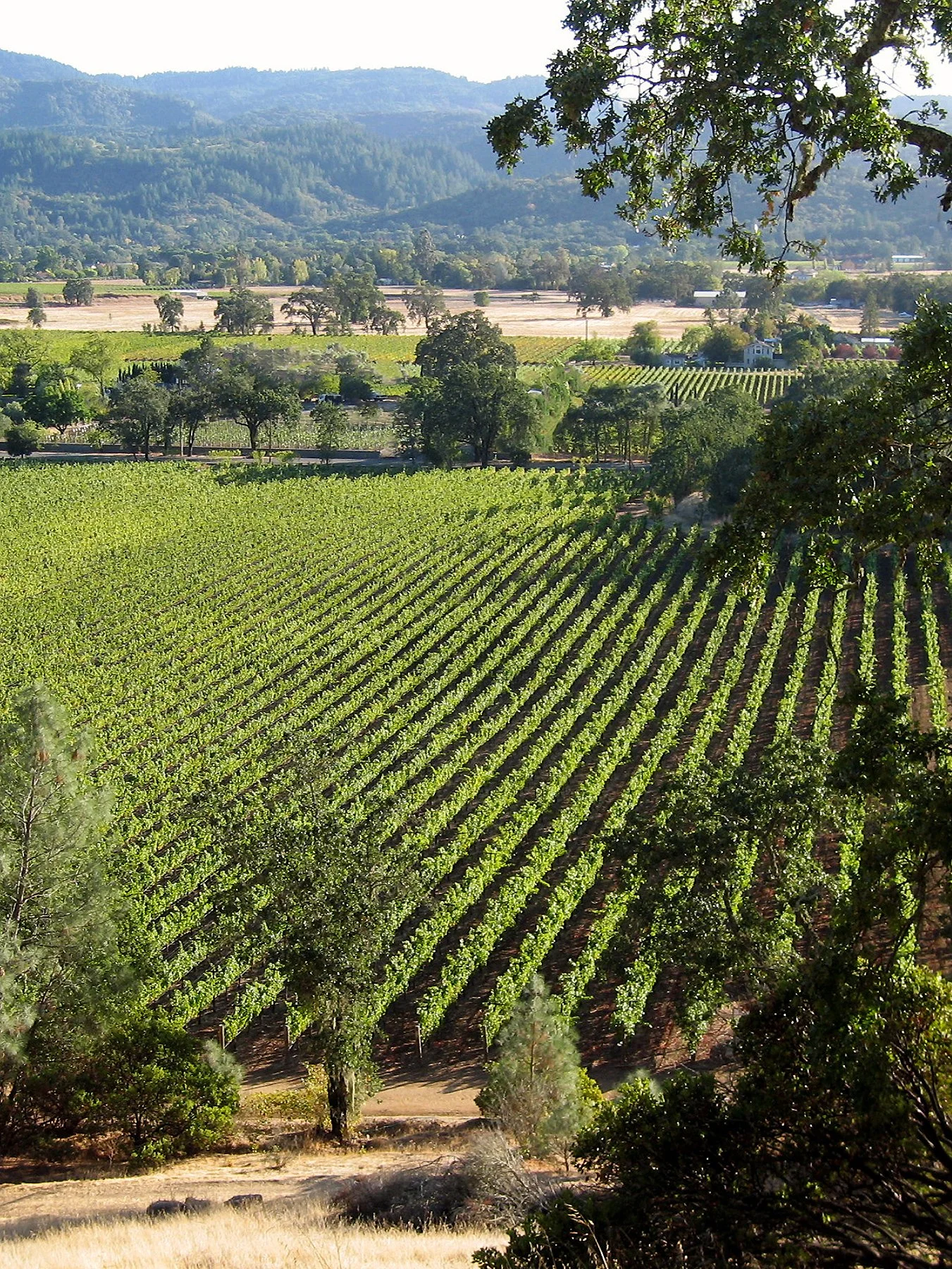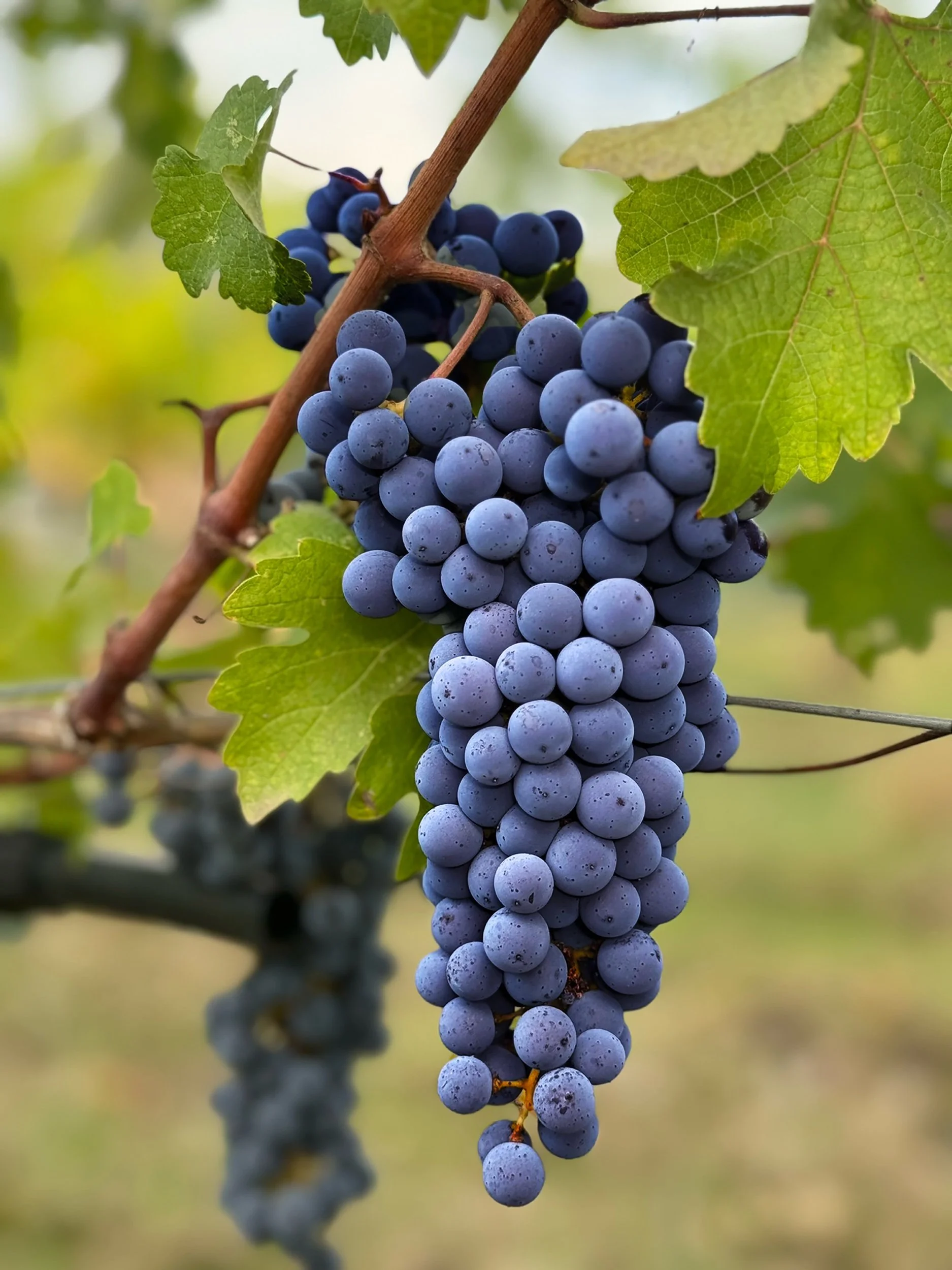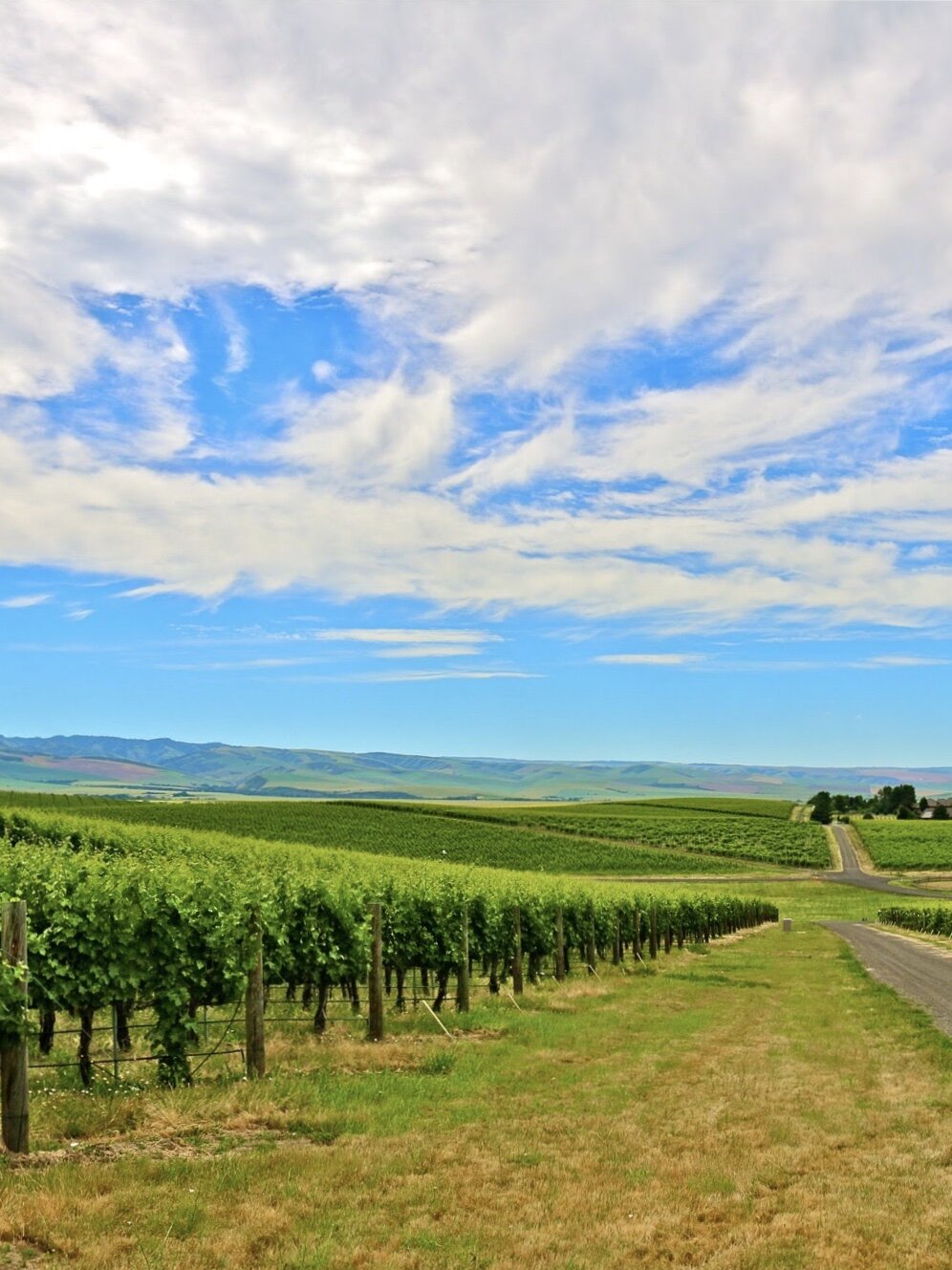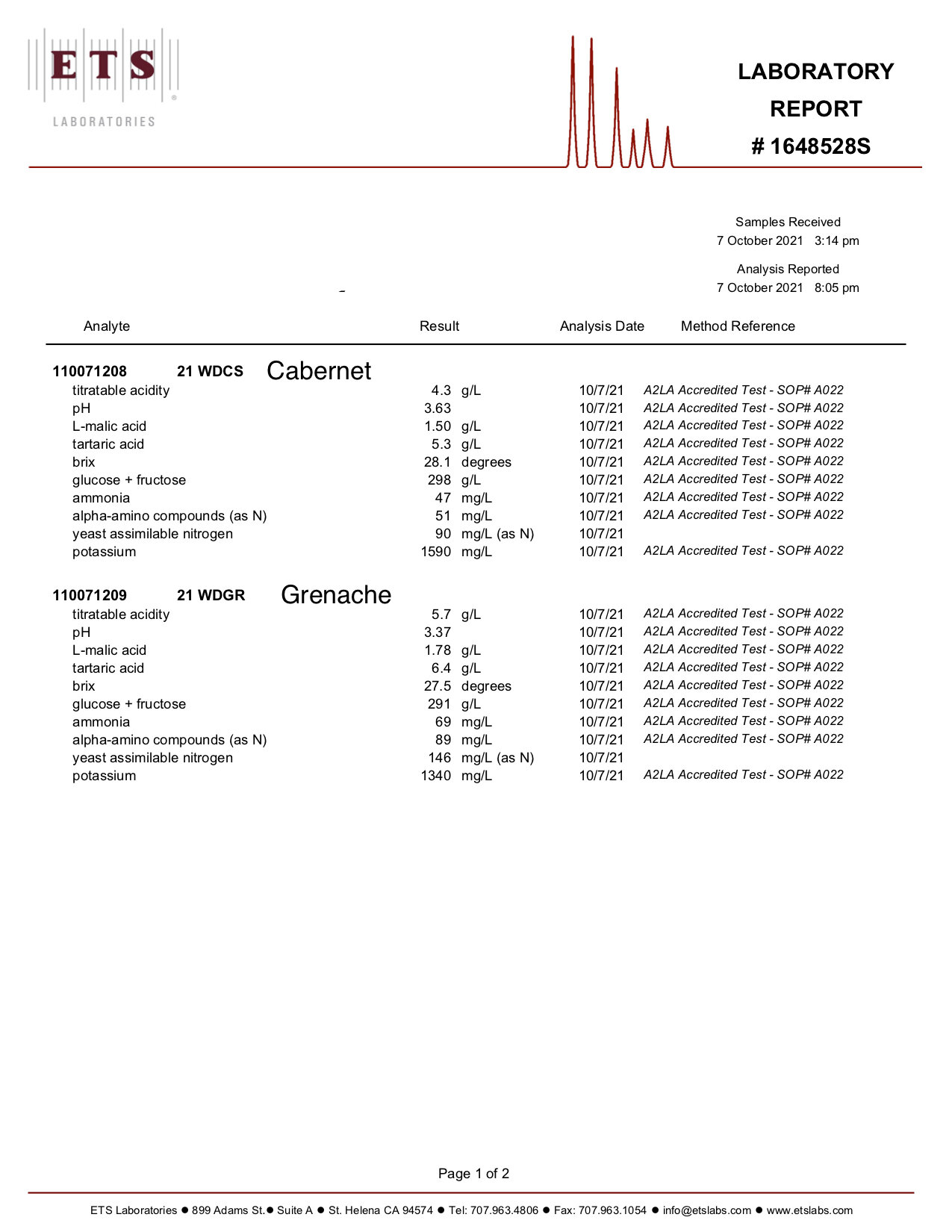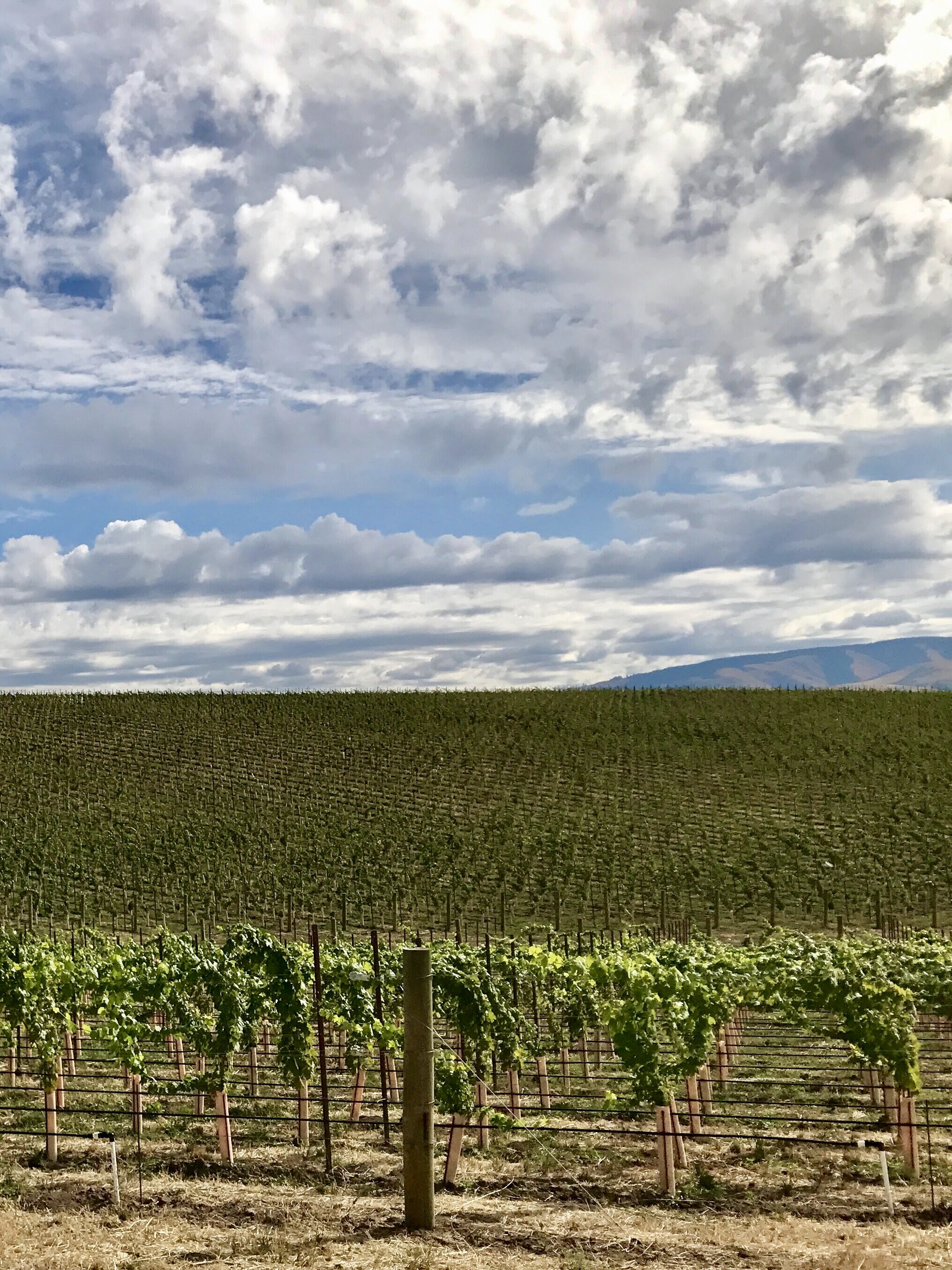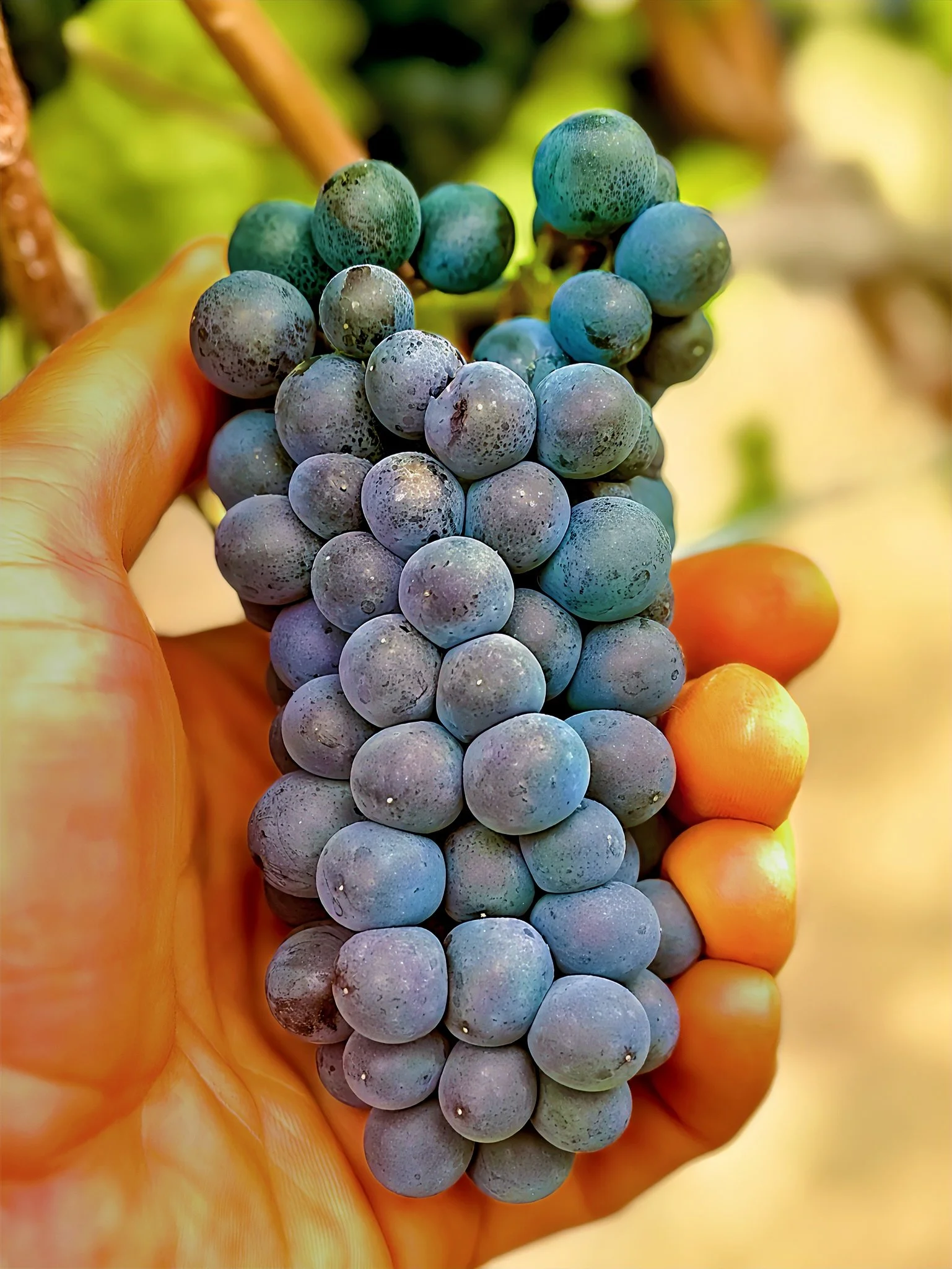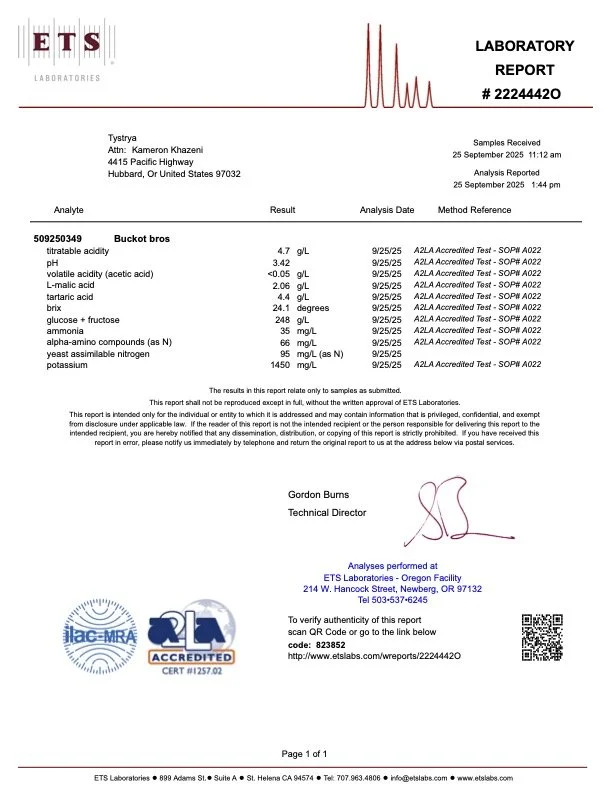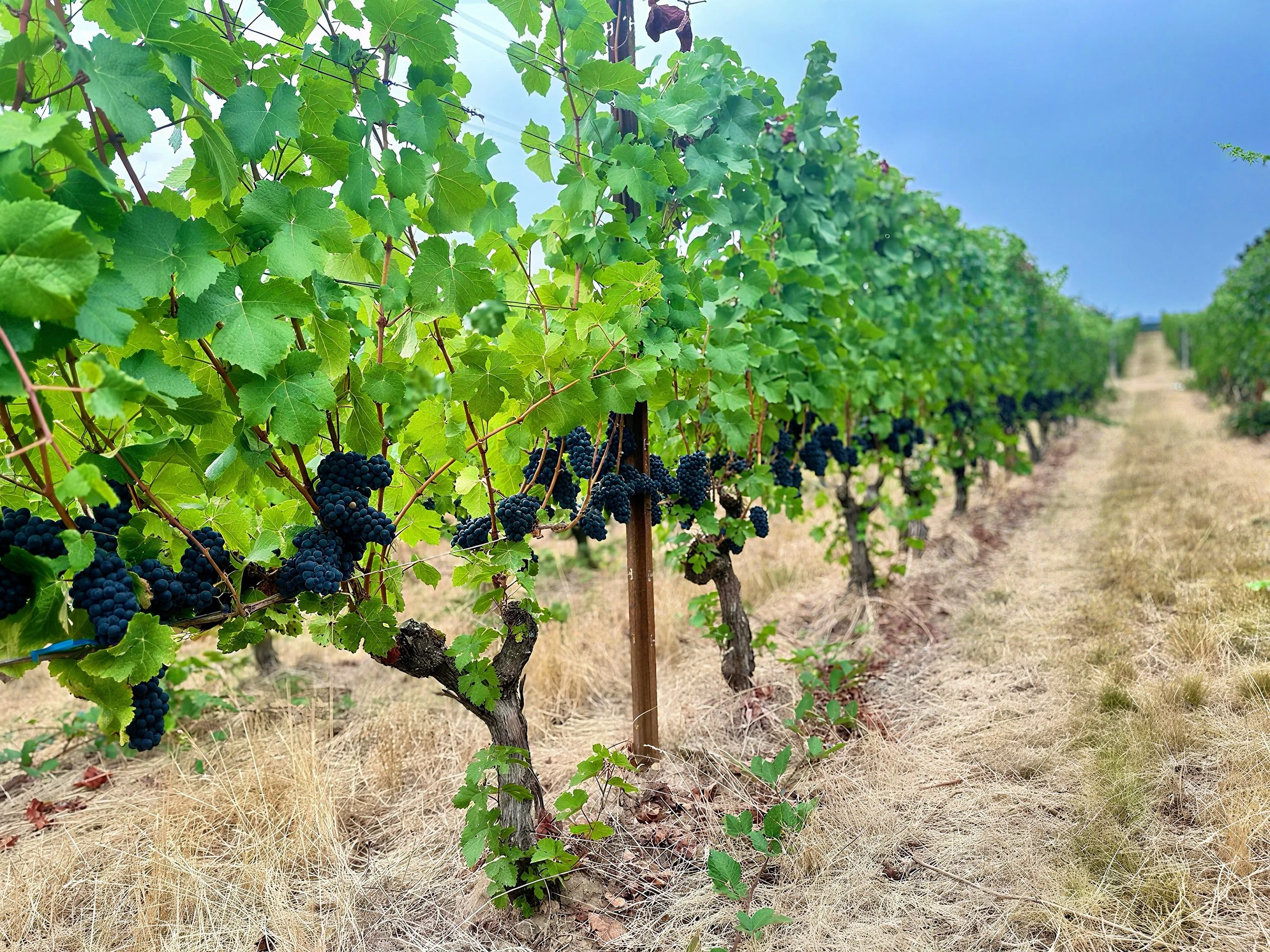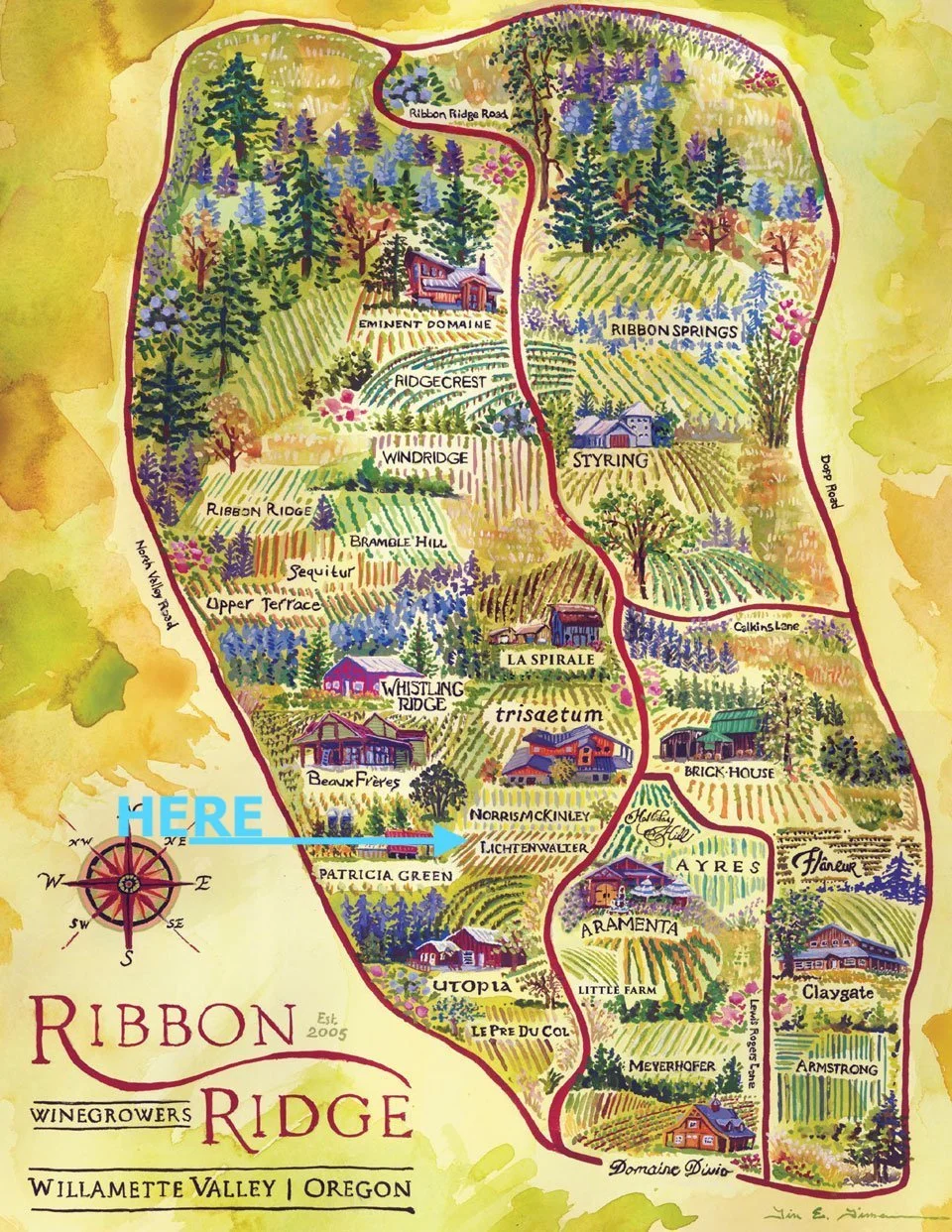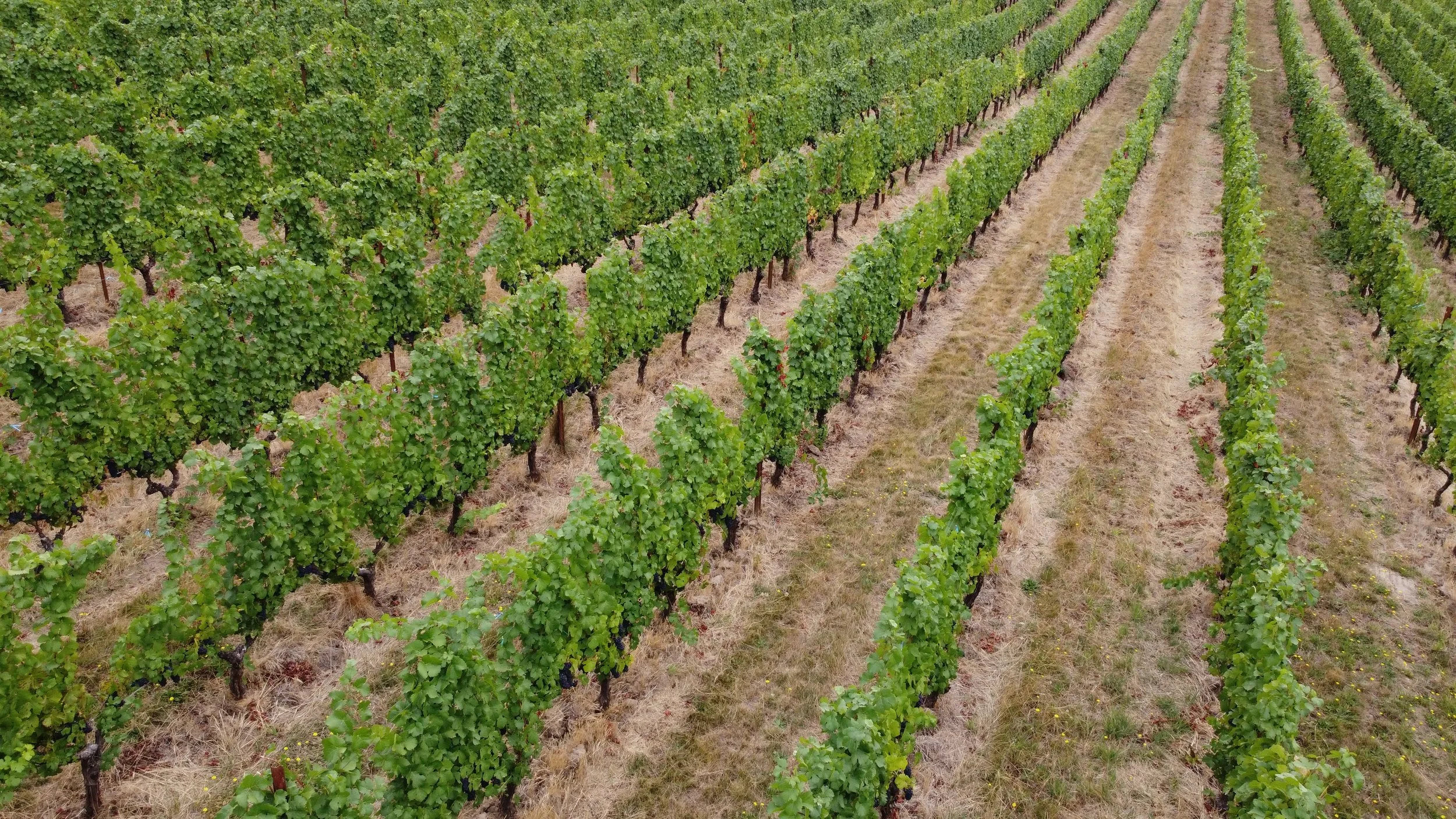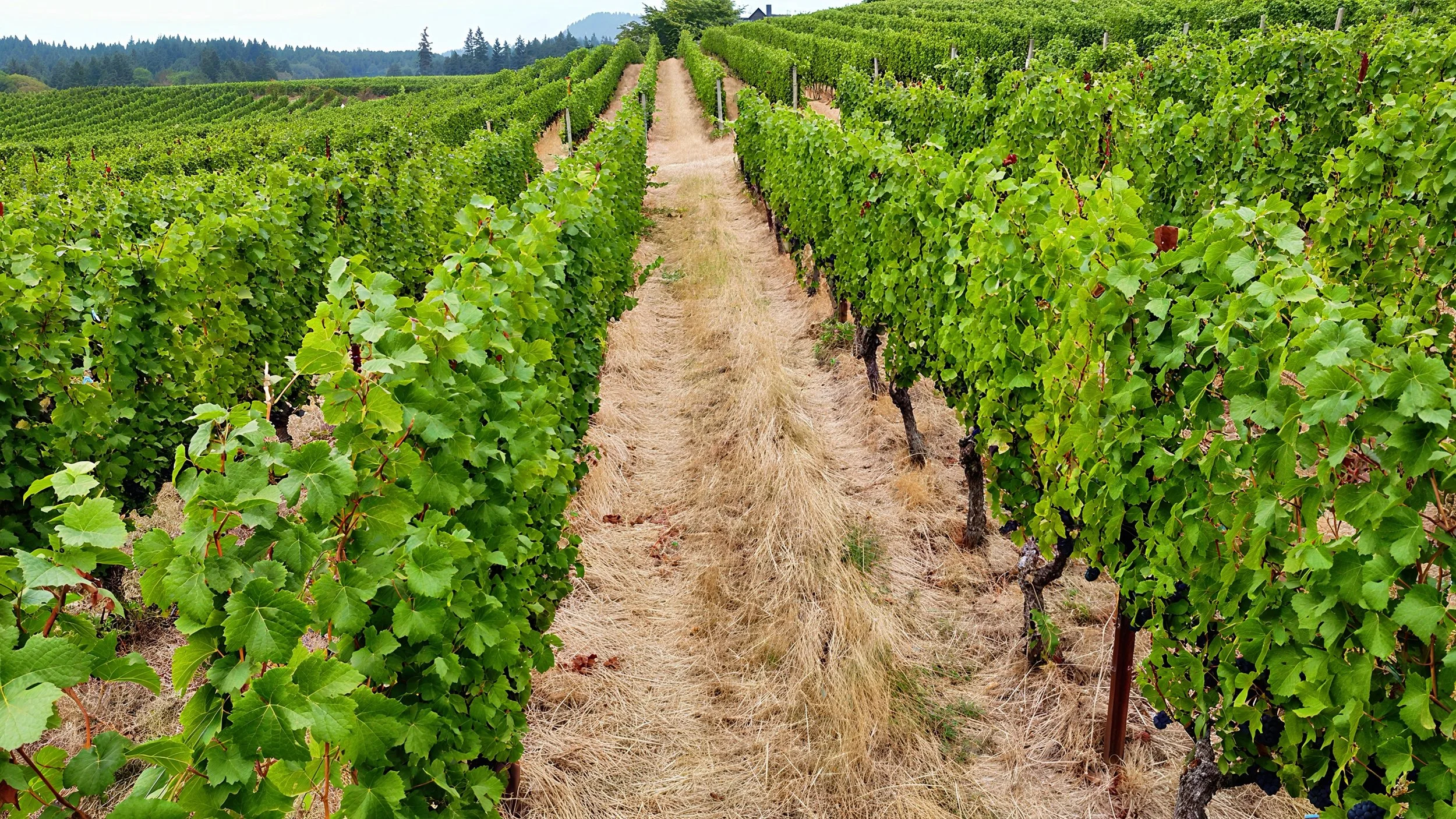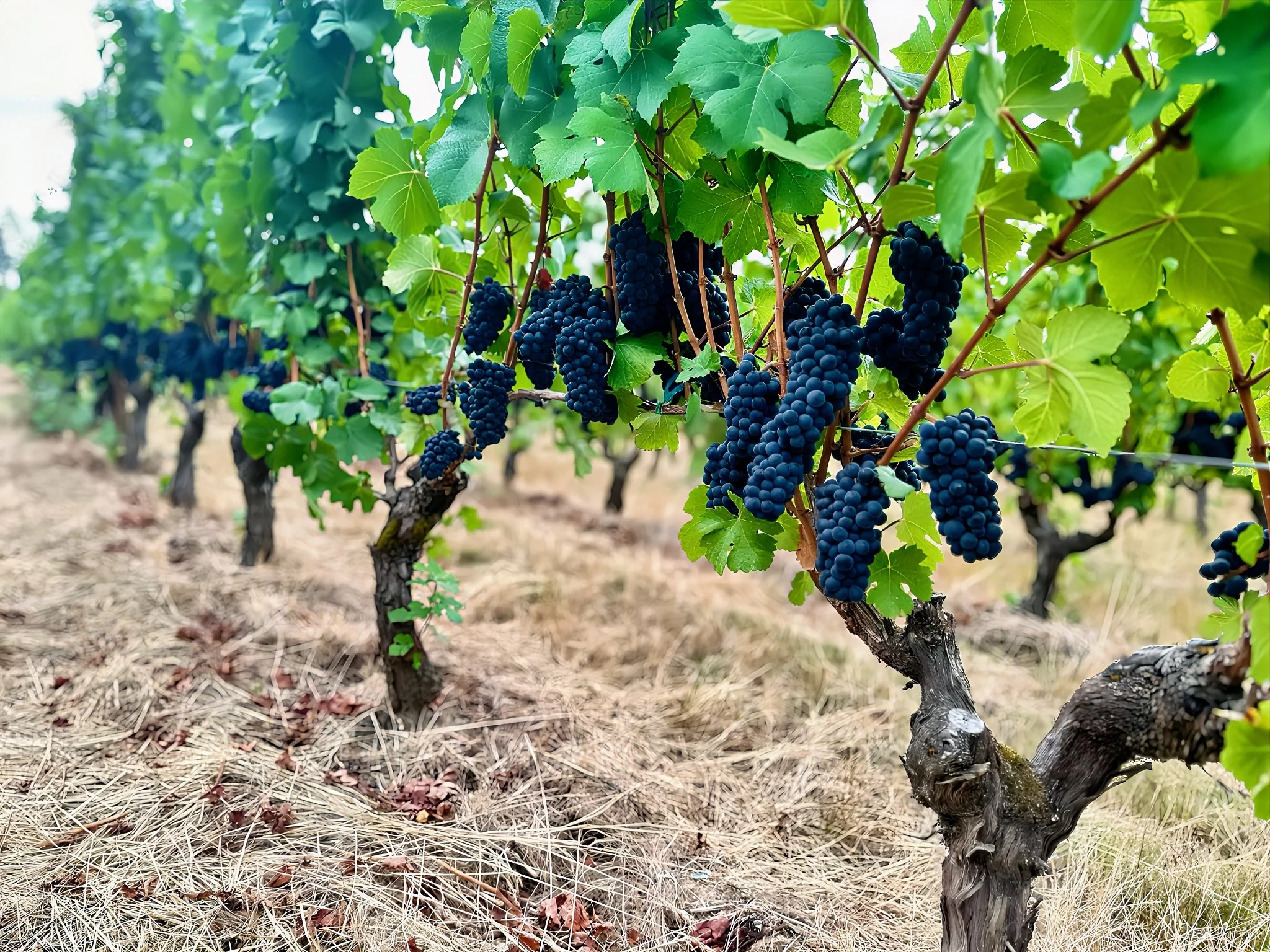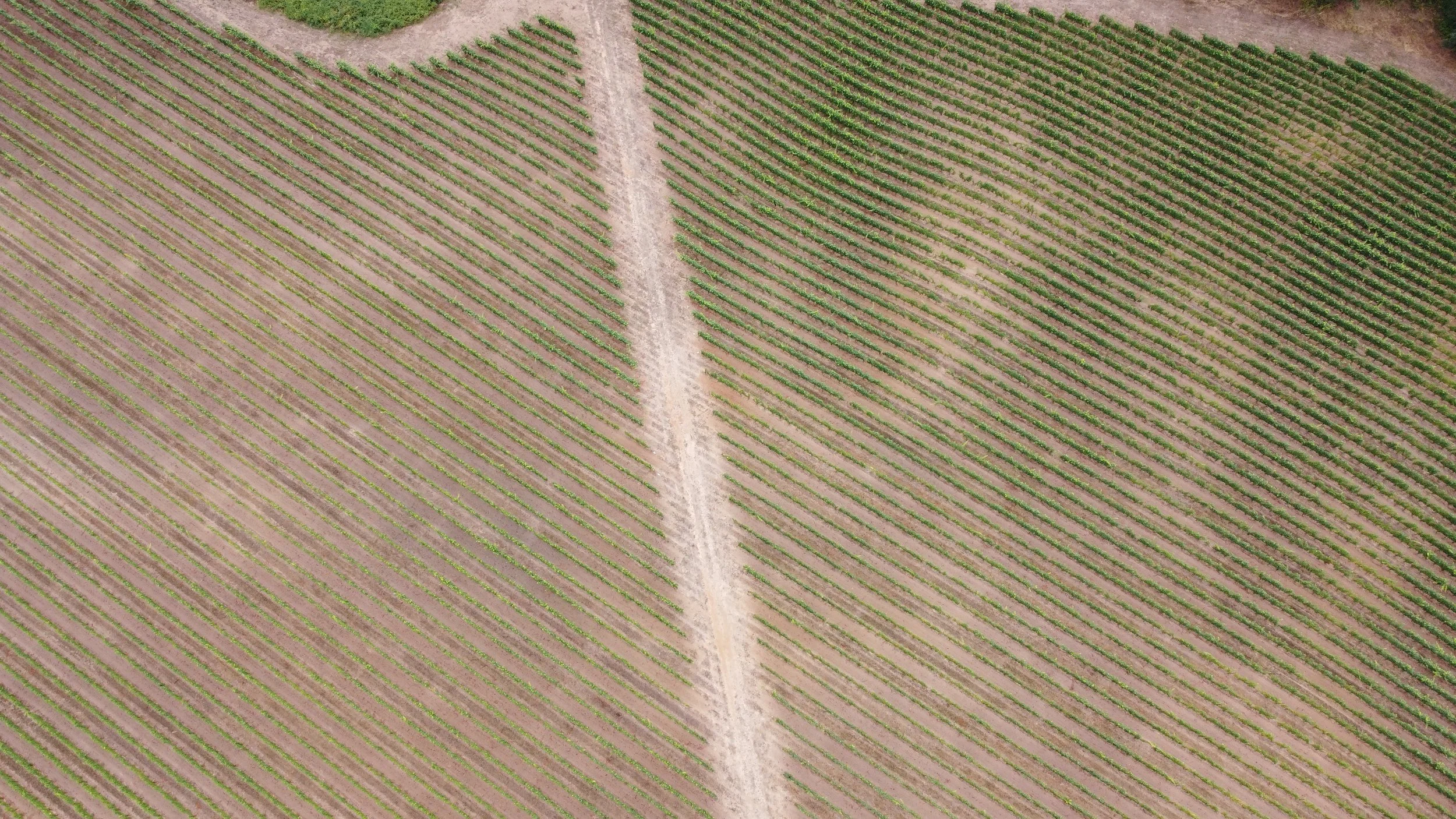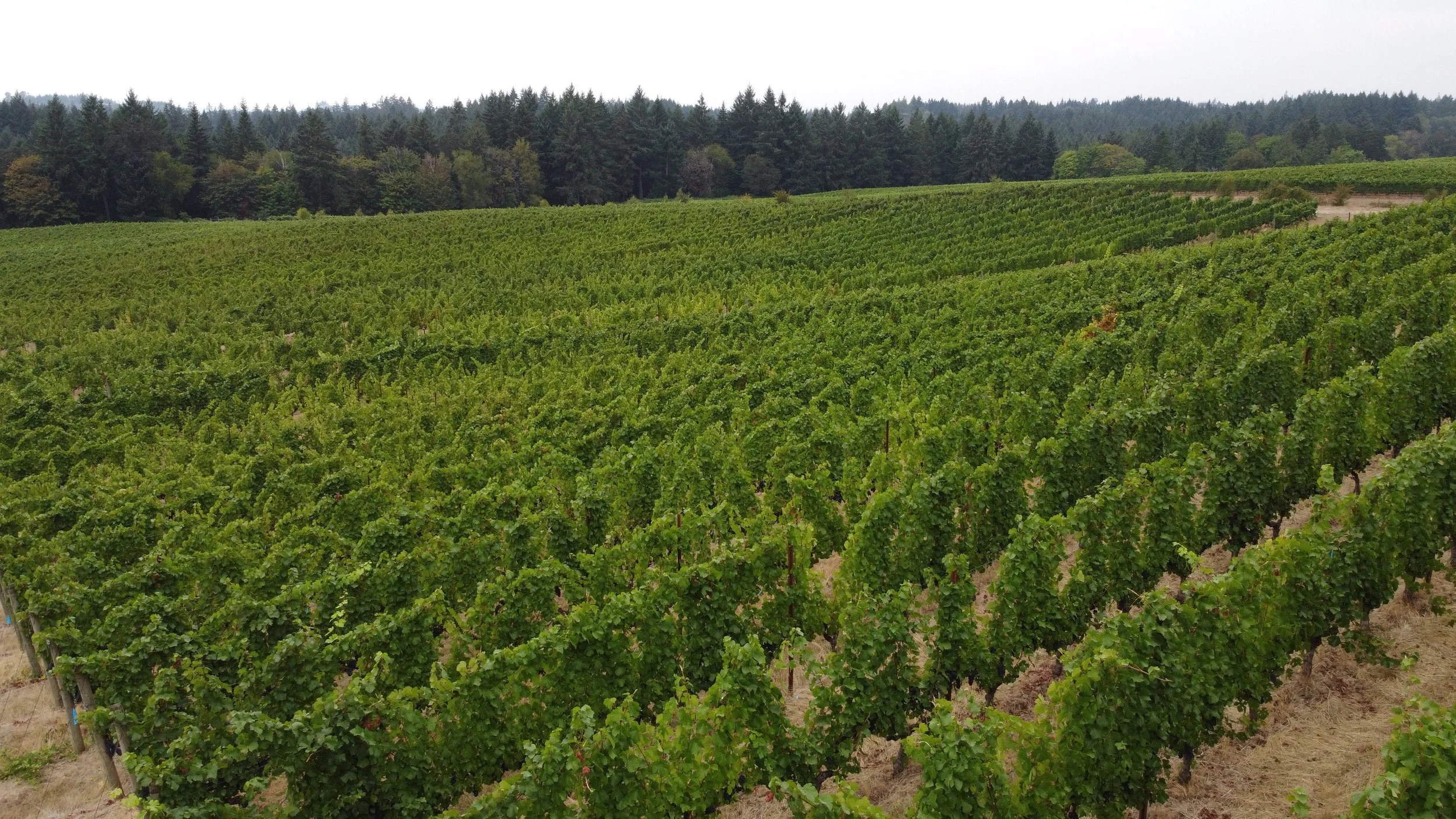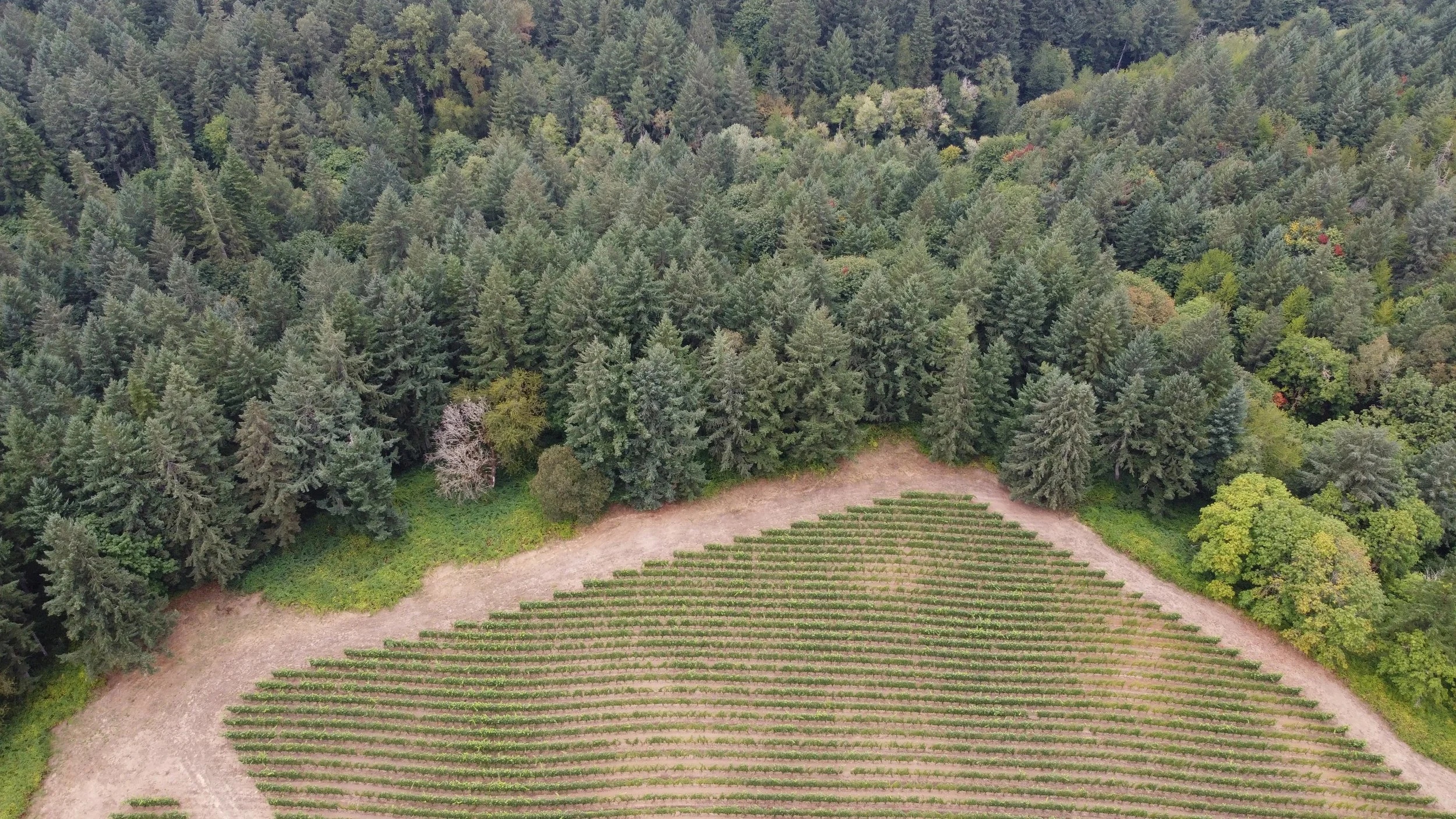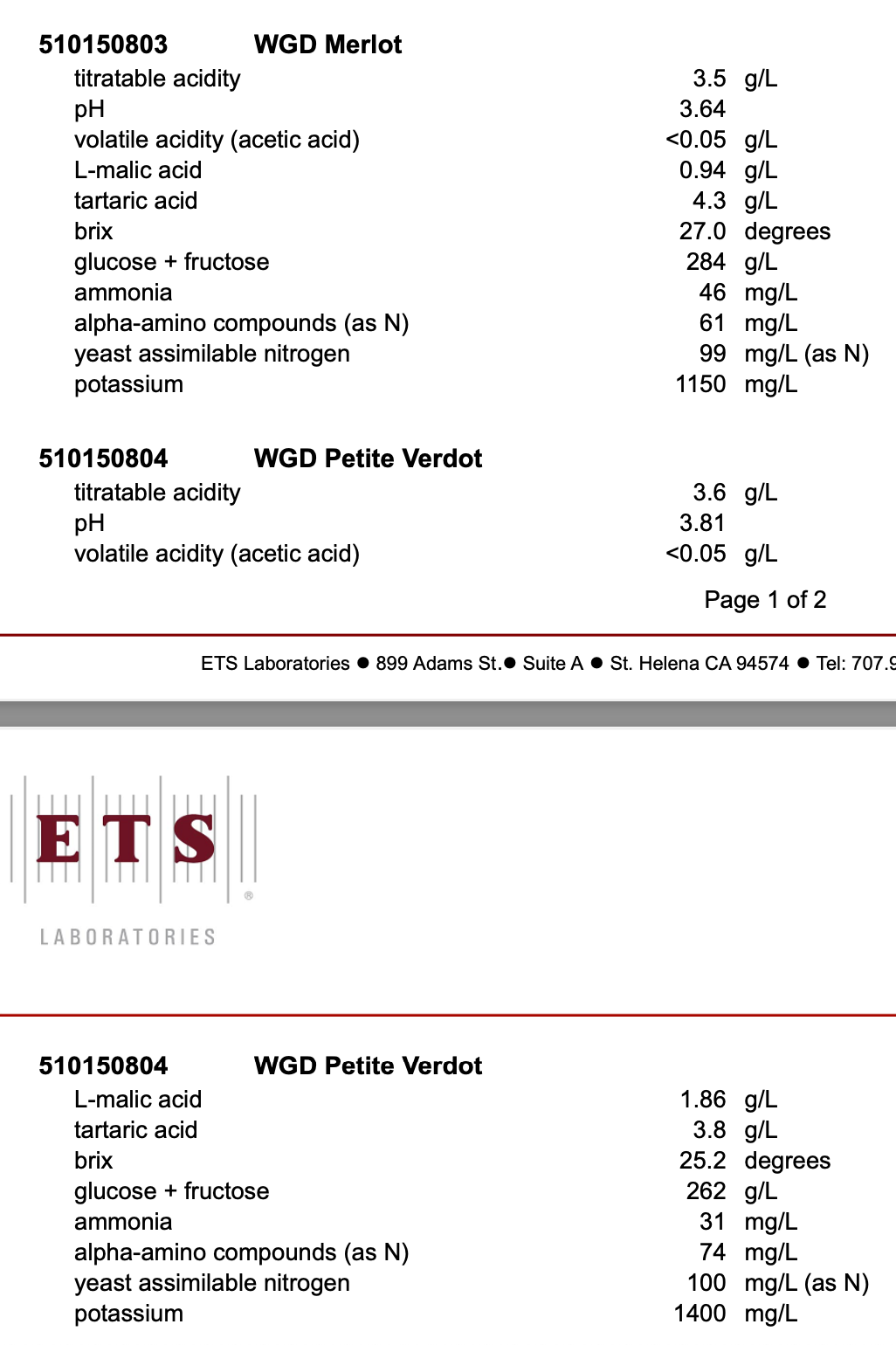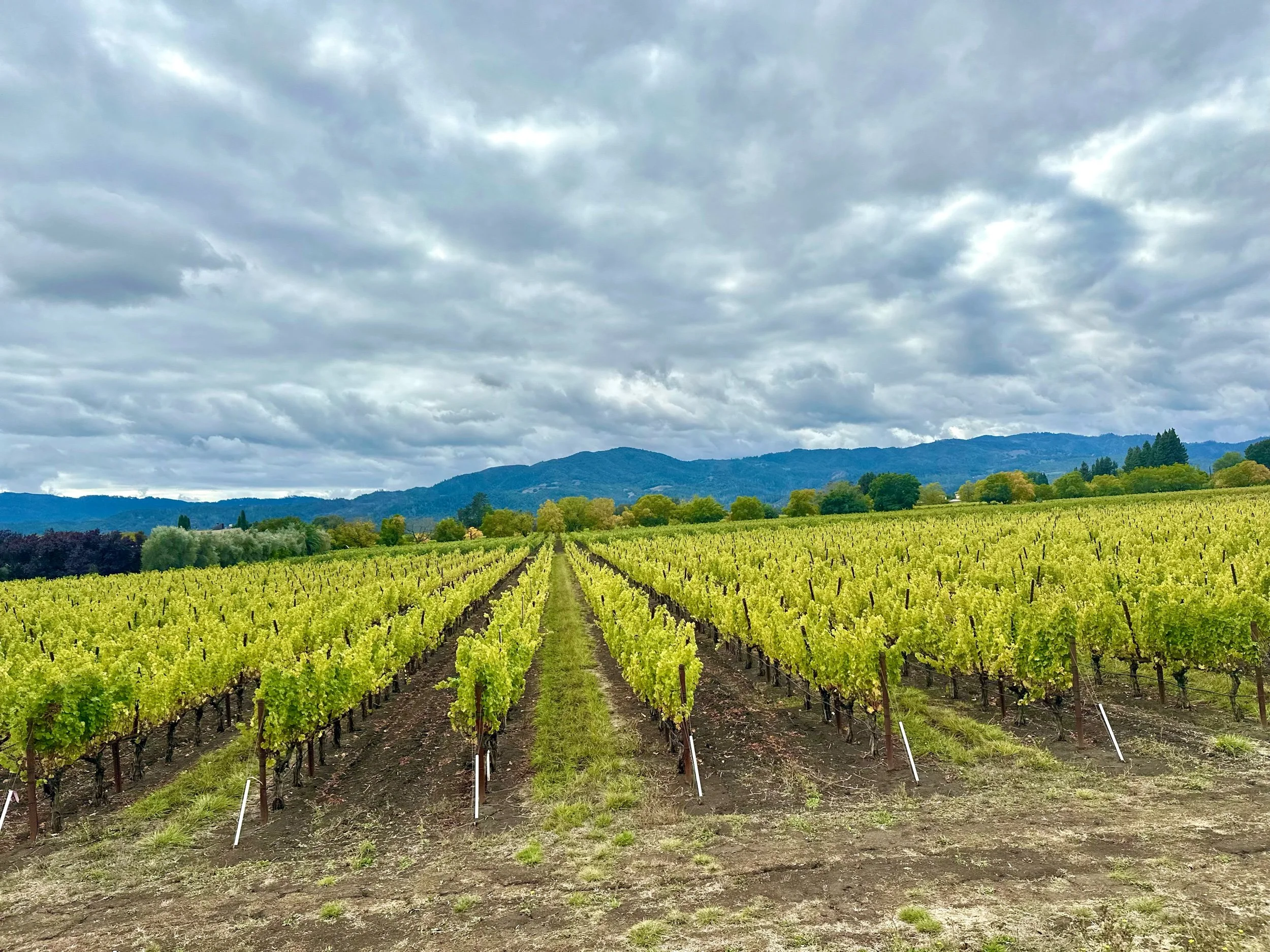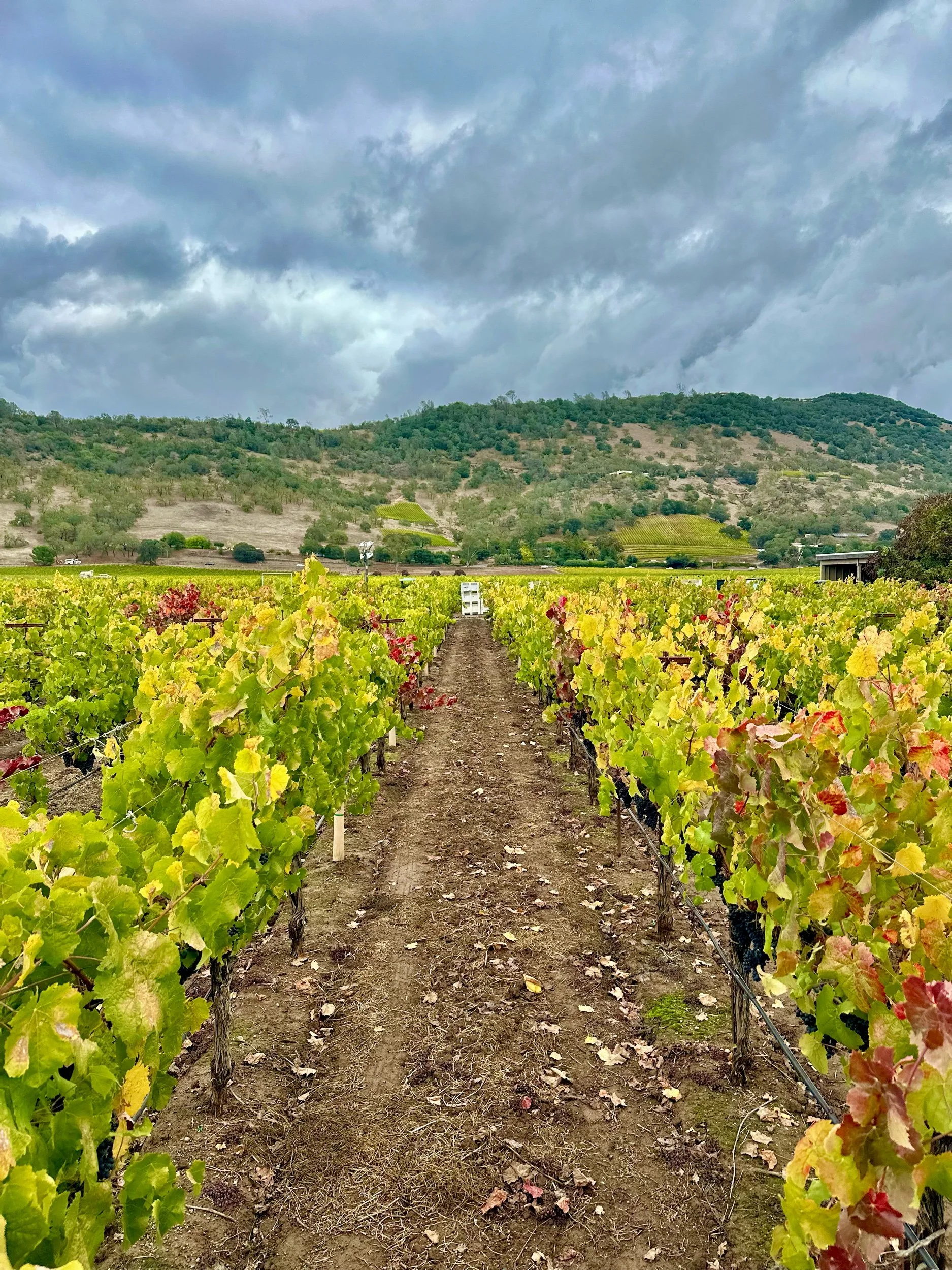 Image 1 of 5
Image 1 of 5

 Image 2 of 5
Image 2 of 5

 Image 3 of 5
Image 3 of 5

 Image 4 of 5
Image 4 of 5

 Image 5 of 5
Image 5 of 5






2020 Merlot Walla Walla Valley Frozen Grape Must
Each pail includes five gallons of grape must. Product will arrive partially frozen.
Walla Walla Valley, Washington
Brix: 25.5, pH:3.86, TA: 3.4
YAN: 57 mg/L (as N), Malic Acid: .35 g/L,
Tartaric Acid: 4.8 g/L, Glucose + Fructose: 260 g/L,
Harvested October 4th, 2020
The Walla Walla Valley straddles southeastern Washington and northeastern Oregon. Walla Walla translates to “many waters” in reference to the land’s proximity to the Columbia, Snake, and Walla Walla Rivers. Rain is a seldom occurrence here and the area only receives about 15 inches of annual rainfall. Like the rest of the Columbia Valley, the landscapes and soils of Walla Walla were largely shaped by the cataclysmic Missoula Floods which swept through at the end of the last Ice Age. The Walla Walla Silt Soil left behind is a well-drained, sandy loess over Missoula Flood slackwater deposits and fractured basalt.
These grapes have never been available to the home winemaking community before, and were previously used in the Columbia Crest Reserve wine program for $40 per bottle.
The grapes come from the small lot Pheasant Run Vineyard located in the southern region of the Walla Walla AVA adjacent to the Pepper Bridge Winery. Pheasant Run is known to produce big fruit forward wines with earthy components. The Spofford silt loam soil at this vineyard site is excellent for growing grapes because it allows for superior drainage.
Each pail includes five gallons of grape must. Product will arrive partially frozen.
Walla Walla Valley, Washington
Brix: 25.5, pH:3.86, TA: 3.4
YAN: 57 mg/L (as N), Malic Acid: .35 g/L,
Tartaric Acid: 4.8 g/L, Glucose + Fructose: 260 g/L,
Harvested October 4th, 2020
The Walla Walla Valley straddles southeastern Washington and northeastern Oregon. Walla Walla translates to “many waters” in reference to the land’s proximity to the Columbia, Snake, and Walla Walla Rivers. Rain is a seldom occurrence here and the area only receives about 15 inches of annual rainfall. Like the rest of the Columbia Valley, the landscapes and soils of Walla Walla were largely shaped by the cataclysmic Missoula Floods which swept through at the end of the last Ice Age. The Walla Walla Silt Soil left behind is a well-drained, sandy loess over Missoula Flood slackwater deposits and fractured basalt.
These grapes have never been available to the home winemaking community before, and were previously used in the Columbia Crest Reserve wine program for $40 per bottle.
The grapes come from the small lot Pheasant Run Vineyard located in the southern region of the Walla Walla AVA adjacent to the Pepper Bridge Winery. Pheasant Run is known to produce big fruit forward wines with earthy components. The Spofford silt loam soil at this vineyard site is excellent for growing grapes because it allows for superior drainage.


